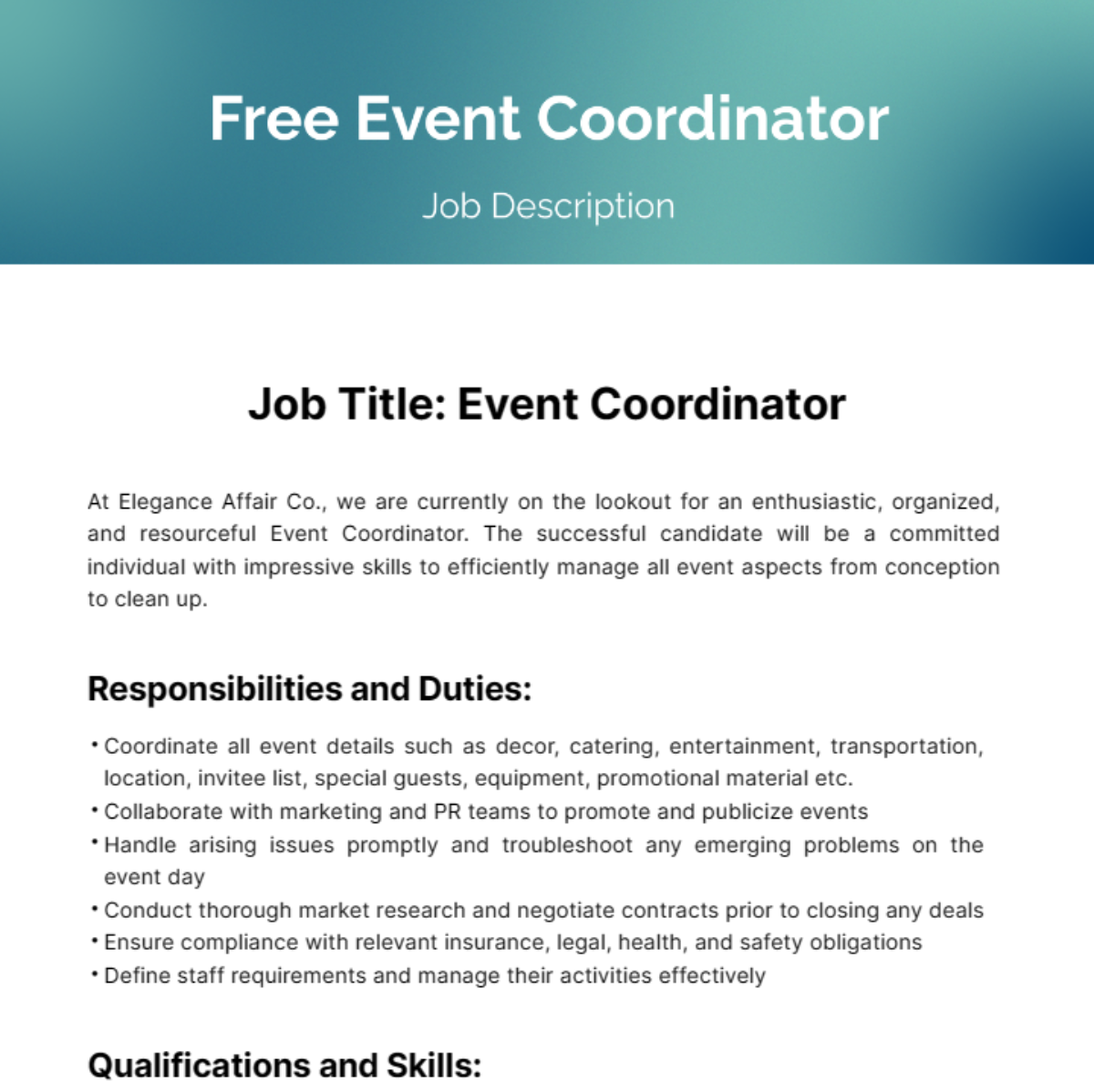10+ Easytoremember Cranial Nerve Tricks For Quick Recall Benefits

Mastering the Cranial Nerves: 10+ Unforgettable Mnemonic Techniques
The cranial nerves are a cornerstone of neurological anatomy, yet their names, functions, and pathways can be daunting to memorize. Fortunately, mnemonic devices transform this challenge into an engaging exercise. Below, we explore creative, easy-to-remember tricks that not only aid recall but also deepen your understanding of these vital structures.
1. The Acronym Method: ON OLD OXFORD STREET
Mnemonic: On Old Olympus’ Towering Top, A Finn And German Viewed Some Hops.
Breakdown:
- Olfactory
- Optic
- Oculomotor
- Trochlear
- Trigeminal
- Abriducens
- Facial
- Auditory (Vestibulocochlear)
- Glossopharyngeal
- Vagus
- Accessory
- Hypoglossal
Benefit: This classic mnemonic pairs each nerve with a vivid, sequential phrase, making recall effortless.
2. The Number-Association Technique
Mnemonic:
- I (1) smell (Olfactory)
- II (2) eyes (Optic)
- III (3) eye muscles (Oculomotor)
- IV (4) four (Trochlear, controls oblique eye muscle)
- V (5) five fingers (Trigeminal, sensory and motor to face)
- VI (6) six (Abducens, lateral eye movement)
- VII (7) eat (Facial, controls facial muscles and taste)
- VIII (8) ate (Vestibulocochlear, hearing and balance)
- IX (9) divine (Glossopharyngeal, taste and throat function)
- X (10) vixen (Vagus, wide-ranging functions)
- XI (11) sticks (Accessory, neck and shoulder movement)
- XII (12) licks (Hypoglossal, tongue movement)
Benefit: Numerical associations simplify recall by linking each nerve to its number and a memorable word.
3. The Function-Based Story
Mnemonic: Olivia (Olfactory) smells the Optic (II) ocean, where Oculomotor (III) octopuses Trochlear (IV) throw Trigeminal (V) treasures to Abducens (VI) astronauts. Facial (VII) fish serve Vestibulocochlear (VIII) vittles, while Glossopharyngeal (IX) gulls guide Vagus (X) voyagers. Accessory (XI) anchors help Hypoglossal (XII) hippos lick treats.
Benefit: This narrative weaves functions into a story, making both names and roles unforgettable.
4. The Sensory vs. Motor Categorization
Sensory Nerves: Olfactory (I), Optic (II), Vestibulocochlear (VIII), Taste (Facial VII, Glossopharyngeal IX).
Motor Nerves: Oculomotor (III), Trochlear (IV), Abducens (VI), Accessory (XI), Hypoglossal (XII).
Mixed Nerves: Trigeminal (V), Facial (VII), Glossopharyngeal (IX), Vagus (X).
Benefit: Grouping nerves by function highlights their roles and simplifies categorization.
5. The Anatomical Landmark Technique
Mnemonic:
- Olfactory (I): Nose
- Optic (II): Eyes
- Oculomotor (III): Eye muscles
- Trochlear (IV): Superior oblique muscle
- Trigeminal (V): Face, teeth, jaw
- Abducens (VI): Lateral rectus muscle
- Facial (VII): Face, parotid gland
- Vestibulocochlear (VIII): Inner ear
- Glossopharyngeal (IX): Tongue, throat
- Vagus (X): Heart, lungs, gut
- Accessory (XI): Sternocleidomastoid, trapezius
- Hypoglossal (XII): Tongue
Benefit: Linking nerves to their primary anatomical sites reinforces spatial memory.
6. The Rhyming Technique
Mnemonic:
- Olfactory, Optic, Oculomotor, Trochlear, Trigeminal, Abducens, Facial, Vestibulocochlear, Glossopharyngeal, Vagus, Accessory, Hypoglossal.
Rhyme: Smell, see, move, turn, feel, look, smile, hear, taste, roam, aid, lick.
Benefit: Rhyming phrases create a rhythmic pattern that sticks in the mind.
7. The Visual Mapping Method
Technique: Draw a head diagram and label each nerve’s exit point from the brain. Use colors to differentiate sensory, motor, and mixed nerves.
Benefit: Visual learners benefit from spatial representation and color coding.
8. The Chunking Strategy
Groups:
1. Sensory Trio: Olfactory (I), Optic (II), Vestibulocochlear (VIII).
2. Eye Movers: Oculomotor (III), Trochlear (IV), Abducens (VI).
3. Face and Throat: Trigeminal (V), Facial (VII), Glossopharyngeal (IX).
4. Body and Tongue: Vagus (X), Accessory (XI), Hypoglossal (XII).
Benefit: Breaking nerves into smaller groups reduces cognitive load.
9. The Song Parody Approach
Mnemonic: Set the nerve names to a familiar tune (e.g., “Twinkle Twinkle Little Star”).
Olfactory, Optic, Oculomotor, Trochlear, Trigeminal, Abducens, Facial, Vestibulocochlear, Glossopharyngeal, Vagus, Accessory, Hypoglossal.
Benefit: Music enhances memory retention through melody and repetition.
10. The Quiz-Based Reinforcement
Technique: Create flashcards or use apps like Anki to test yourself daily. Focus on weak areas until mastery is achieved.
Benefit: Active recall strengthens neural pathways, ensuring long-term retention.
Bonus: The “Odd One Out” Technique
Mnemonic: Identify unique features of each nerve.
- Trochlear (IV): Only nerve exiting dorsal brainstem.
- Vagus (X): Longest cranial nerve, reaching the abdomen.
- Accessory (XI): Shares a pathway with the vagus nerve.
Benefit: Highlighting distinctions makes each nerve memorable.
Which cranial nerve is most commonly tested in exams?
+The Trigeminal (V) and Facial (VII) nerves are frequently tested due to their complex sensory and motor functions.
How can I remember the order of cranial nerves quickly?
+Use the acronym mnemonic *ON OLD OXFORD STREET* or associate each nerve with its number via memorable phrases.
What’s the best way to differentiate sensory and motor nerves?
+Categorize them based on function: sensory nerves bring information to the brain, while motor nerves control muscles.
Can I use these mnemonics for clinical practice?
+Yes, these techniques not only aid recall but also deepen your understanding of nerve functions and anatomy.
By leveraging these diverse and creative strategies, mastering the cranial nerves becomes an engaging journey rather than a tedious task. Whether you’re a student, educator, or medical professional, these tricks ensure quick recall and long-term retention.



